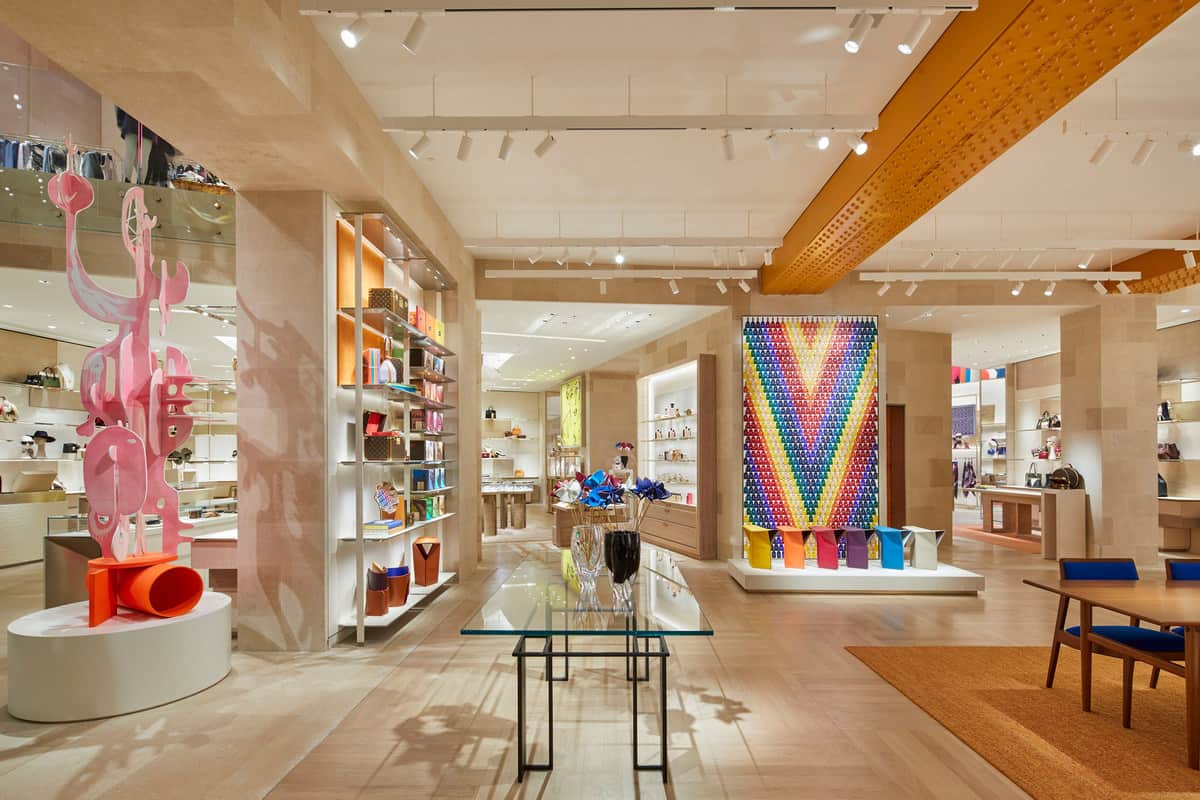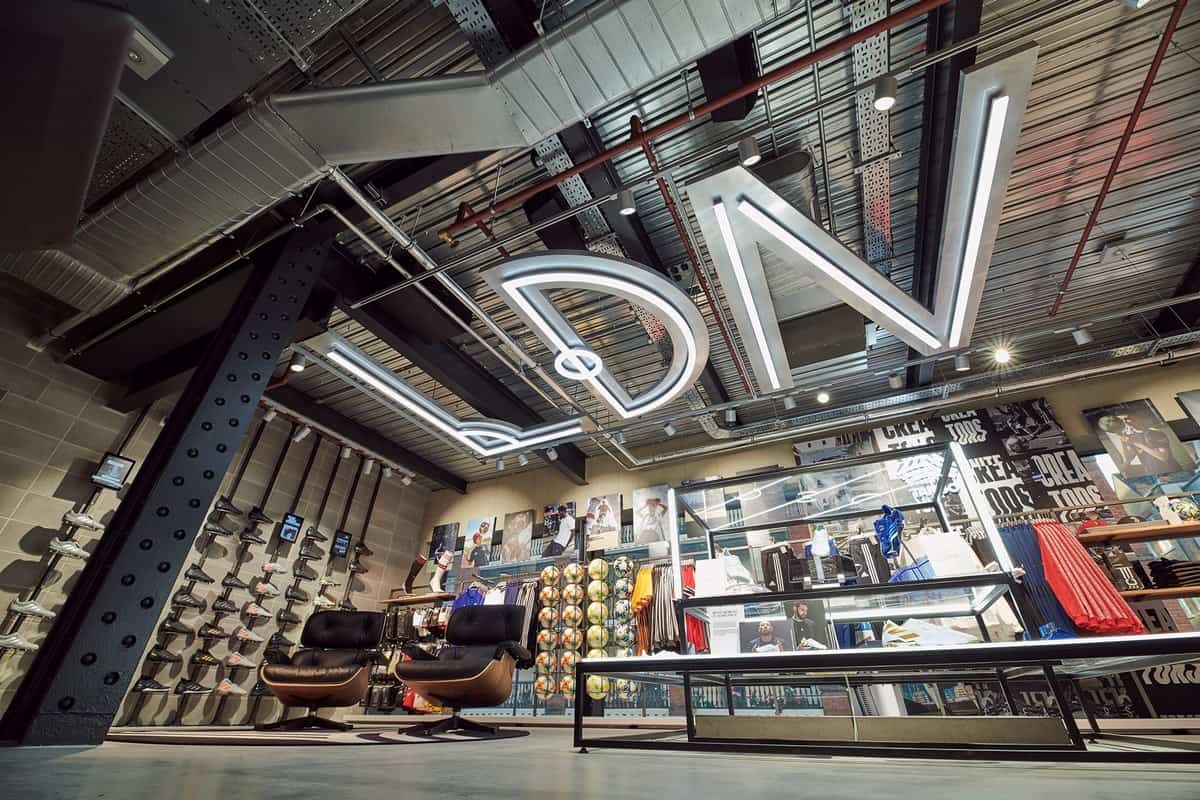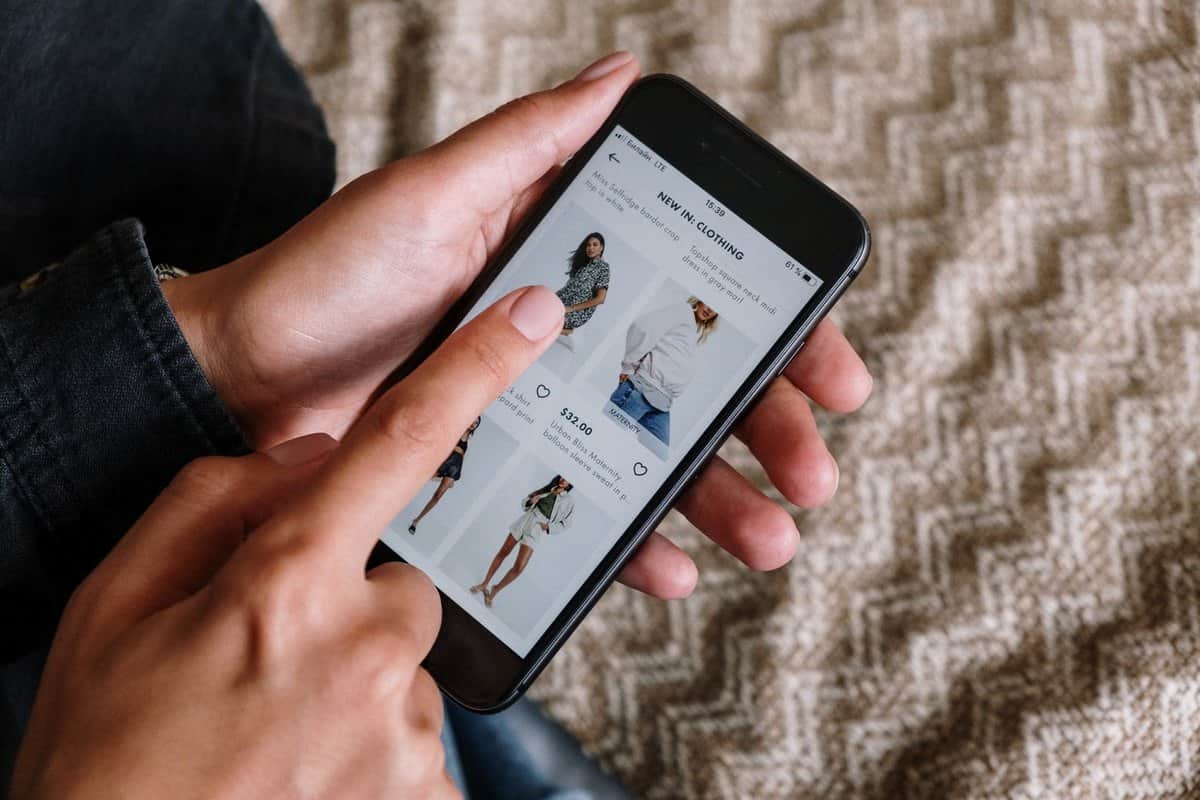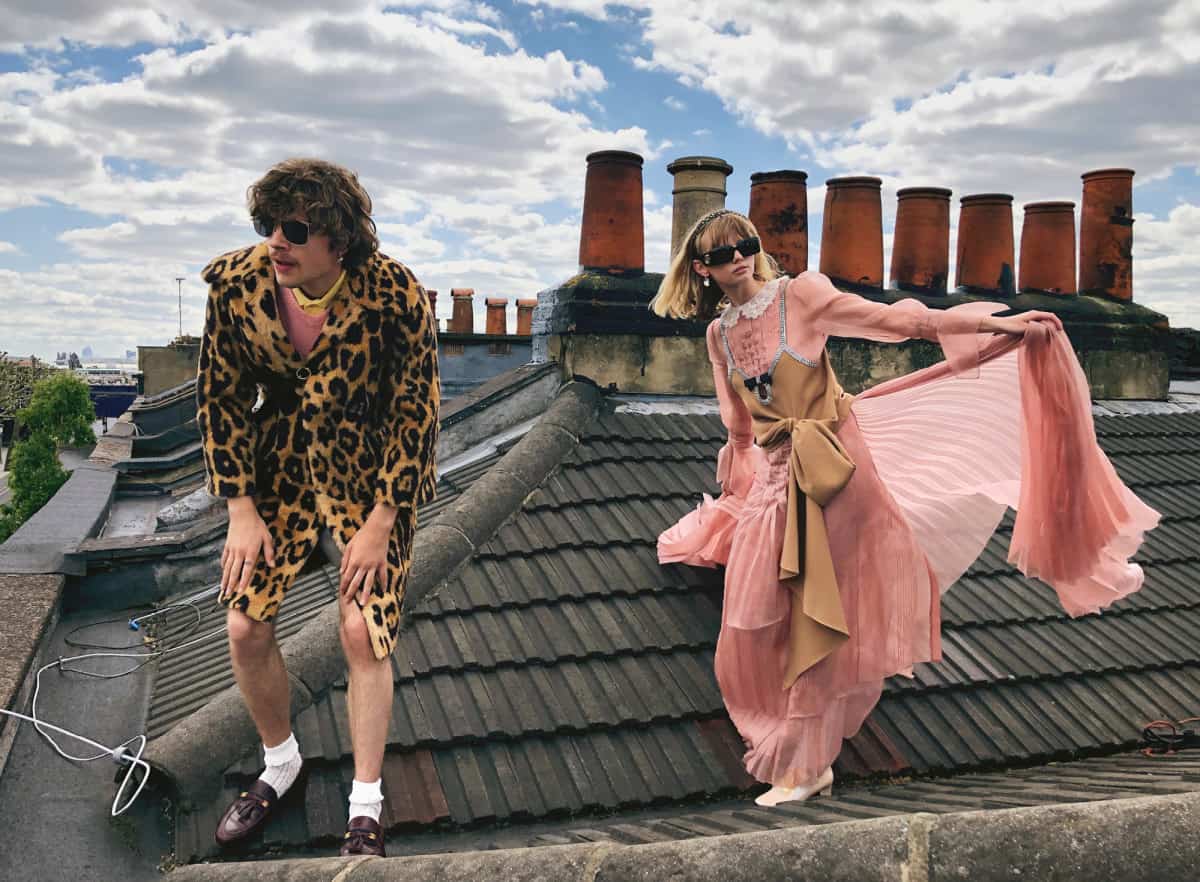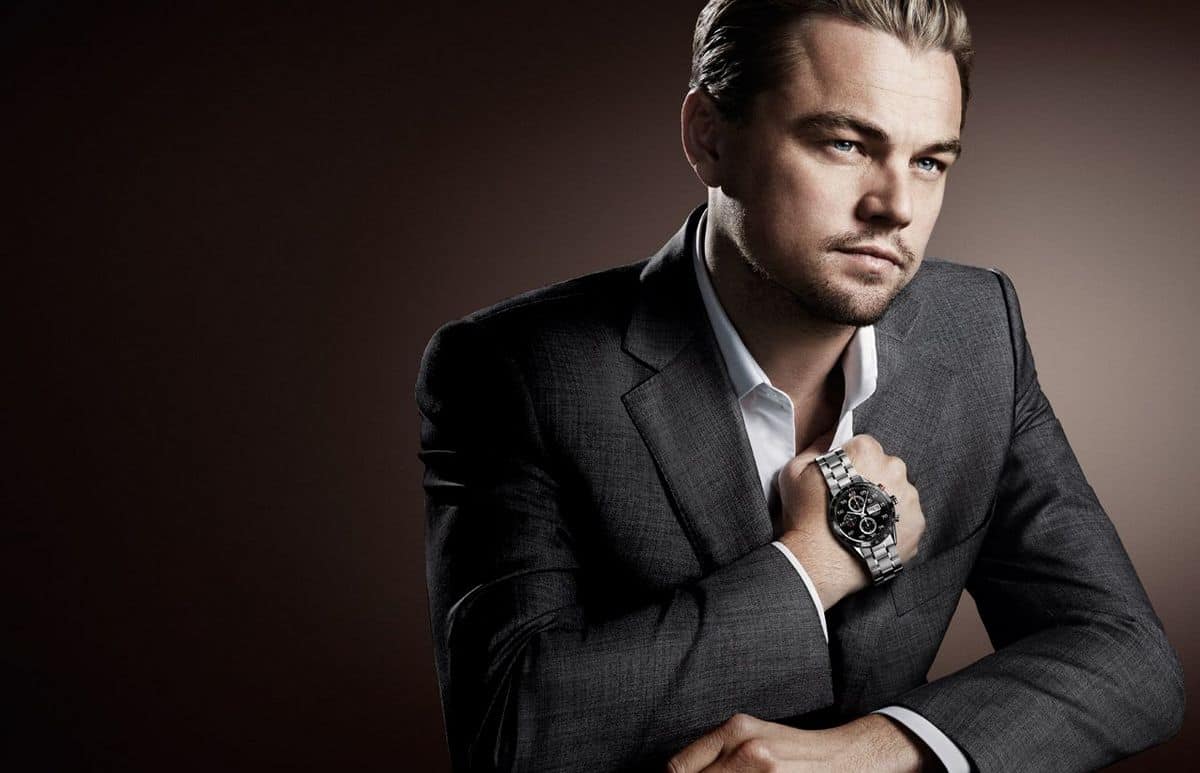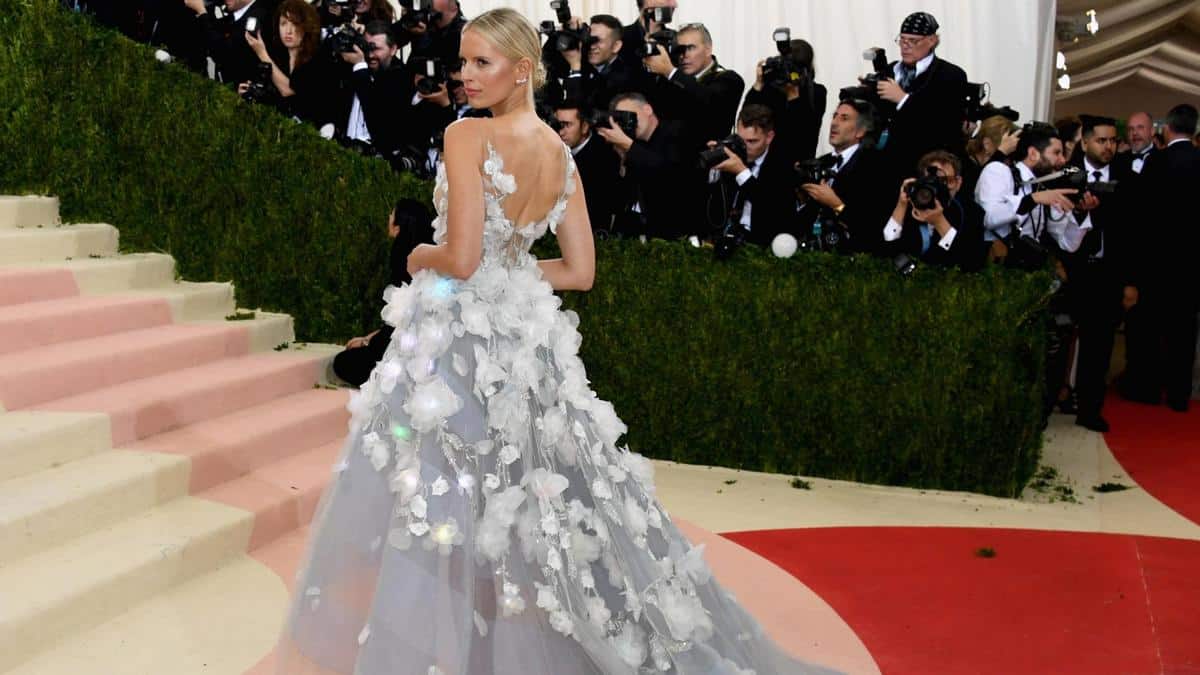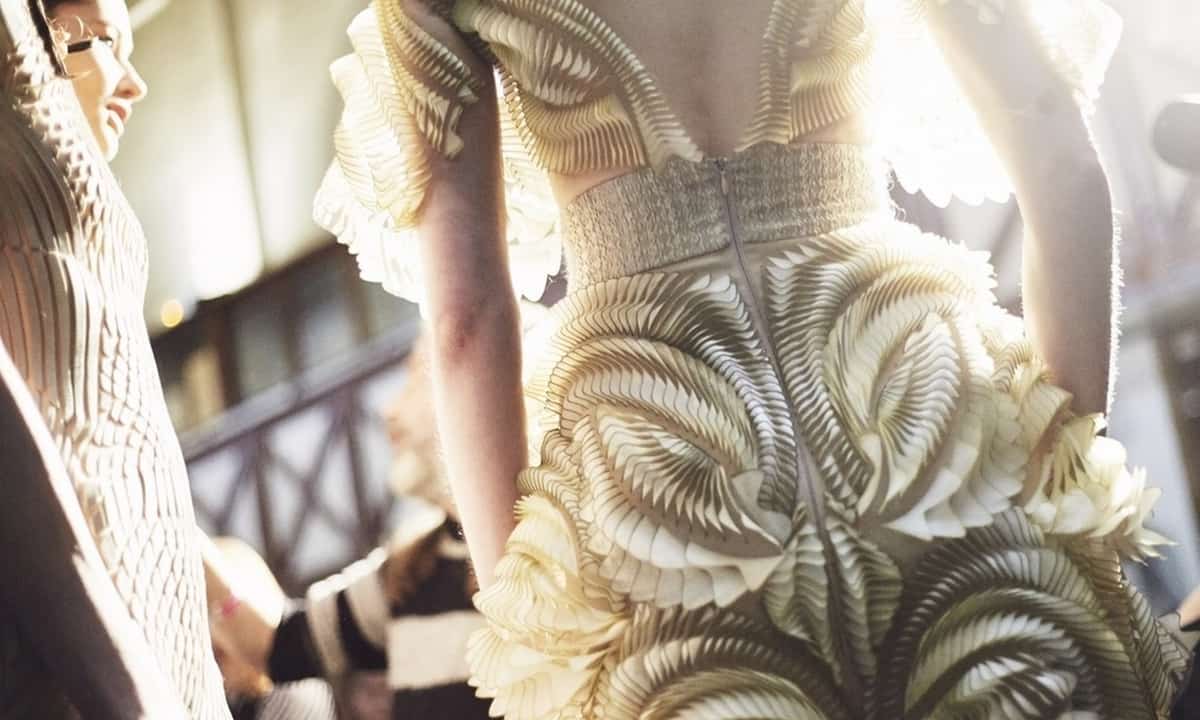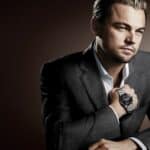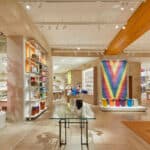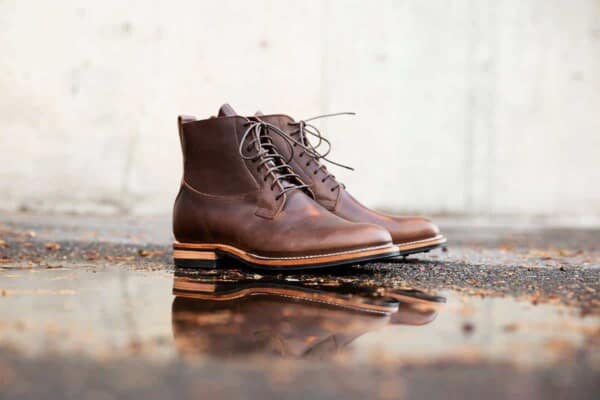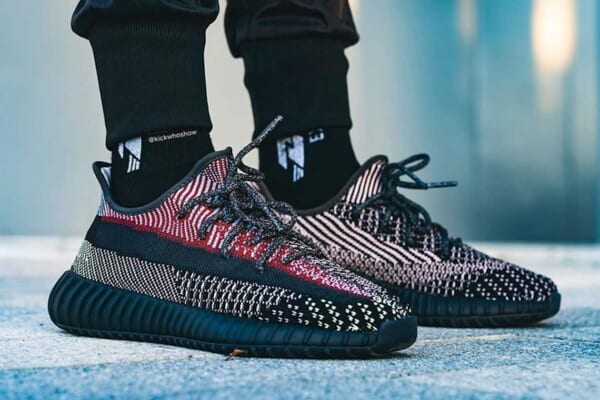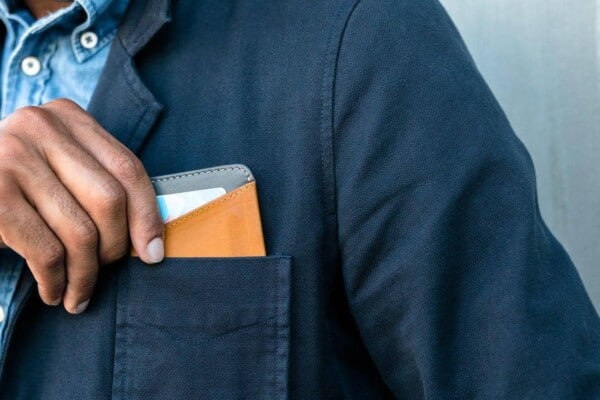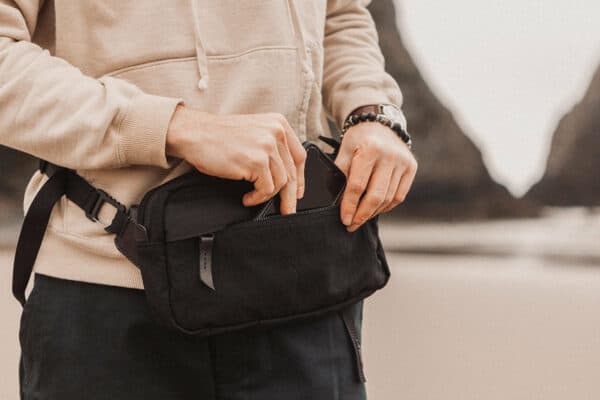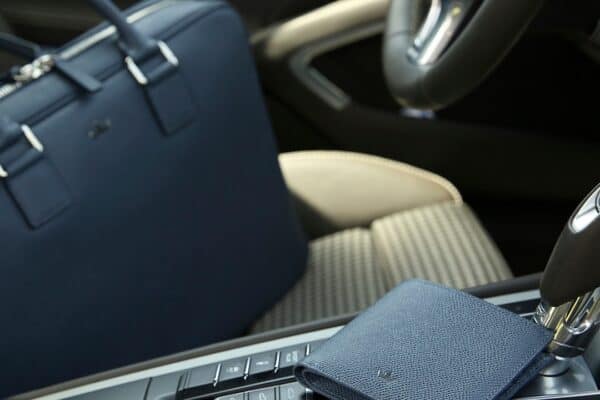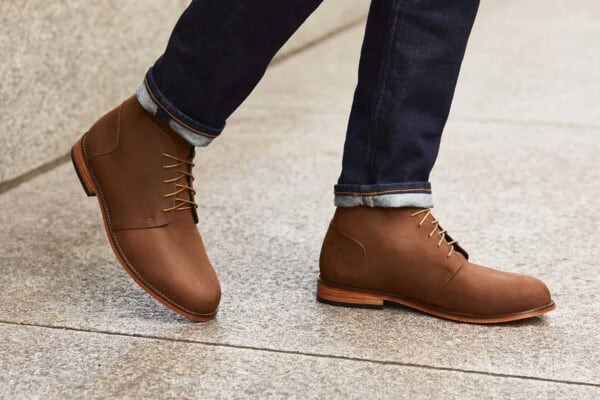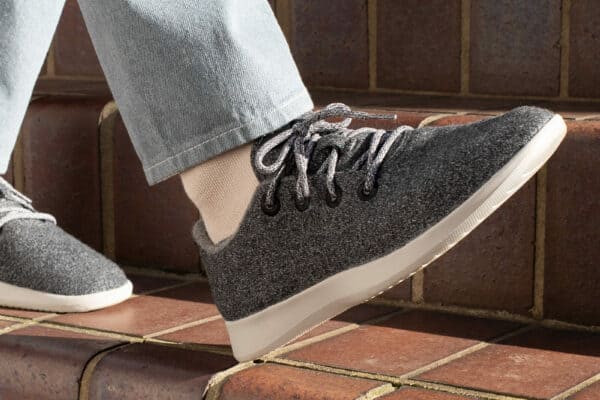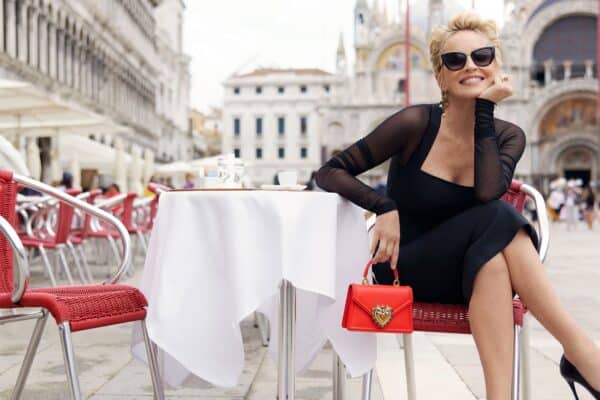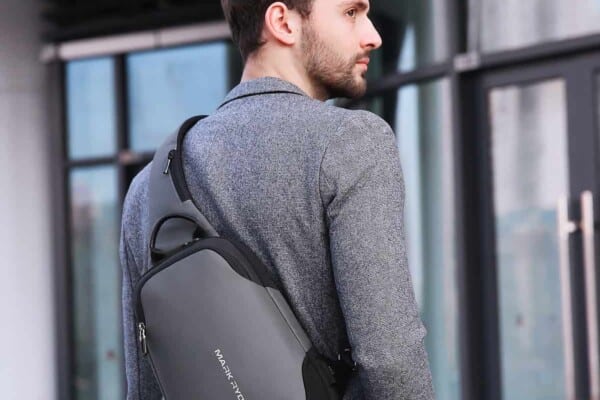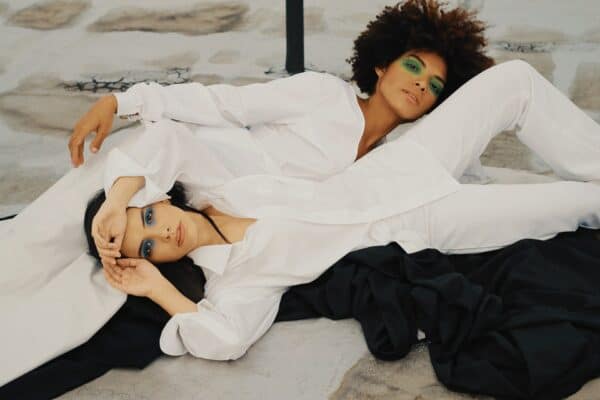Despite the rough year we’ve all had, the fashion segment is still one of the biggest industries in the world as it is estimated to be worth US$664,474m in 2020. The sector has gone through several big evolutions since the first sewing machine was invented in 1791. And the luxury fashion segment especially, has been the center of attraction in these last few years.
Luxury shoppers are now looking for personalized products, more shopping options, and vendors who reward their loyalty. That’s why luxury fashion brands from all over the world are now exploring new ways to shift conversations from just price and status.
Thus, they are exploring how to create deeper connections through experiences, quality, and the unique feel of the products. The following are some of the technologies to watch in the fashion space in 2021.
Experiential stores
Almost 92% of luxury purchases take place in physical stores. However, the trend is somehow changing, and people are more interested than ever in online shopping. Luxury products such as clothes can be somehow expensive compared to what you get in a typical shop. The shoppers thus want assurance that the products they are about to purchases match their expectations.
To cope with online shopping demand, fashion houses are using mixed reality technologies such as AR and VR. Thus, potential customers can have a virtual walk in fashion houses, try different outfits, and interact with other people.
Some fashion houses have interactive mirrors that allow customers to set light modes and get a sneak preview of how their clothes will appear in different weather conditions. Some of these houses have VR headsets that allow users to view the store’s ready fashion accessories.
Mobile devices are taking over
When the first mobile phone was invented in 1973, not many people thought they could become the multiple-use devices we have today. However, they have now become an integral part of our daily lives. The modern luxury consumer uses mobile phones on multiple occasions, from product research to payments.
The luxury fashion retailers are thus creating opportunities to make it easy for consumers to shop from anywhere. Thus, we are seeing a trend where they are creating mobile apps, real-time promotions, integrated return services, and mobile payment options that people can access at the click of a button.
The retailers are taking advantage of geo-referencing and push notifications to engage their customers. These retailers also link mobile applications to social media platforms where they can engage more with potential customers.
Personalization
Every vendor must create an ideal profile for the target customer. However, getting the right products is not enough in a market such as luxury products. The retailers must show that they value the customers and understand them at a personal level. It is through personalization that the retailers create loyal customers and increase engagement levels.
The luxury fashion house must also invest in custom labels as Dutch Label Shop highlights, for branding purposes (you need to keep reminding customers who you are). These retailers and manufacturers are using machine learning and artificial intelligence to personalize their experiences.
The algorithms will study customer habits while on the website and recommend related products based on previous browsing history. The main goal here is to anticipate the customers’ needs and ensure that they do not end up on a competitor’s website. Thus, the customer will ‘feel’ that the retailer understands their needs and keeps glued to the website.
Internet of Things
Fashion has gone beyond covering our bodies, thanks to advances in technology. Wearable tech is now influencing how we interact with the external environment, how we interact with our bodies and other people.
Some of the notable areas taking advantage of IoT include wearable spaces, smart clothing, responsive sportswear, and multi-functional designs. Our ‘real’ lives in the luxury fashion industry are now seeing a revolution pushing the limits of wearability.
Luxury fashion houses are taking advantage of IoT in areas such as inventory management, data sharing, and security. Internet of Things is also creating efficiency and increased productivity in both the production and delivery of luxury fashion products. We now have socks that can track heart rate and temperature. We are also seeing other luxury products that can count your steps and calories.
Alternative materials
The advance in technology is changing the normal materials used in a typical luxury fashion market. The Met Gala in New York is a good example that displayed a dress that lit up in different colors based on the sentiments that viewers expressed in their tweets. IBM and Marchesa created the high-end dress.
There is a growing trend where manufacturers are using technology to create different types of fabrics. Consumers are also waking up and are looking forward to eco-friendly materials, in a world where environmental degradation is a major concern. The ‘new’ materials such as fabrics made from discarded leaves of pineapple plants or biomass algae are more breathable and non-toxic than synthetic fibers.
The luxury fashion houses have been focusing on creating functionality-focused fabrics, as seen in US Winter Olympic and Paralympic uniforms made by Ralph Lauren. The uniforms had heating systems prepared from electronic printed conductive inks.
3D printing and lasers
Printing is a sector that has changed many industries. Luxury fashion houses are paying attention to 3D printing, as it is full of possibilities in the fashion industry. 3D printing is proving to be less labor-intensive and with more refined results than other forms of manufacturing.
On-demand printing has proven to reduce fabric wastage by more than 35%. 3D printing makes it easy to show that luxury brands care about their customers’ needs as printing care labels now takes a click of a button. 3D printing is also changing the branding game for the better. Luxury brands can now show their logos, vision, and motto clearly with this technology.
The luxury fashion market continues to grow and enjoy the above technological advancement. The luxury retailers and manufacturers that fail to adopt some of these changes might get faced out or lose their market share in the long run.

